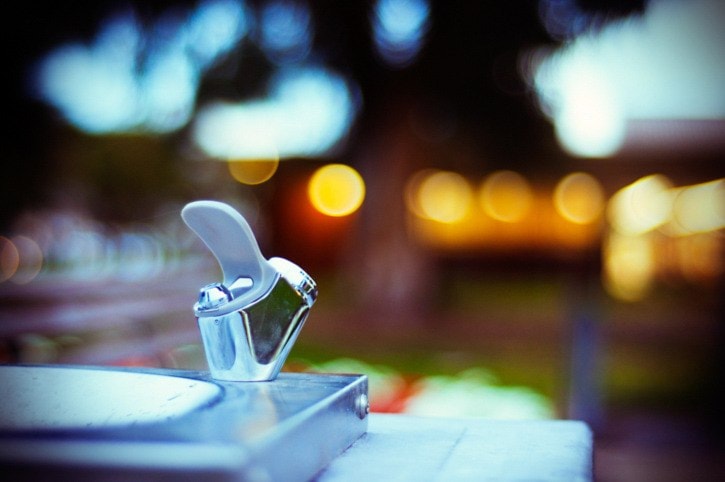Twenty-three local schools are being tested for lead in their drinking water, following preliminary results indicating elevated levels of the metal in their water systems.
According to a water safety memo, the Greater Victoria school district conducted samples of one drinking fountain in every school on May 16, which prompted a more thorough internal secondary test on May 30 of all drinking fountains at schools that initially showed elevated lead readings.
District staff brought more than 700 internal samples from 28 school properties and six board facilities to an independent Victoria-based laboratory for analysis. While the drinking water at the board facilities came back fine, 23 of the 28 properties drew concerns for pre-flush, post-flush or intake of their water systems.
“The moment we came up with schools that we may have concerns with, we ordered more tests to make sure that we had a real handle on the situation,” said Mark Walsh, secretary-treasurer of the school district.
Sixteen district schools and properties have been marked for urgent attention, including Arbutus, Braefoot, Cedar Hill, Doncaster, Hillcrest, Lake Hill, Lansdowne, Torquay, Margaret Jenkins, Richmond, Shoreline, SJ Willis, South Park, Spectrum, Uplands and Tolmie. The schools took quick action to notify parents about the tests and the district’s steps to address the issue.
“We sent out a message to parents as soon as we knew, and I think they appreciated that,” said Doncaster principal James Hansen. “Nobody wants lead in their water – we have 435 little people and about 40 adults and we want all of us to be as safe as we can.”
Five schools – Esquimalt High, Monterey Middle, Marigold, Vic West Elementary and Victor – had concerns pre-flush, but Walsh said flushing their systems was sufficient to mitigate any issues, though he noted they will still be addressed after the facilities with post-flush concerns.
The district has had a flushing program for at least 30 years, but while some school districts have automatic flushing systems, Walsh said SD61 relies on a manual system performed by the custodians. The district has since ramped up its program to see the system flushed three times daily, rather than shutting off the fountains.
“We feel that extensive, more thorough and more timely flushing will solve the problem in the short term,” said Walsh. “Then we’ll deal with the issue in the summer.”
The district is seeking to bring in an external testing agency to assess samples while the district begins upgrading school water systems.
“We’re going to be taking steps in the interim because their testing may take well into the summer,” said Walsh. “What we intend to do is take the schools that we’ve seen with those concerning results and start installing filtrated water fountains.
“We will also look at the feasibility of some automatic flushing so we don’t have to rely on the manual use.”
The district doesn’t have an estimate for the cost of the upgrades, but the school board is expected to vote Monday on a staff recommendation to use $200,000 of recent funding from the Ministry of Education to pay for the upgrades.
“The board certainly would like to use those dollars on teachers and assistants and that kind of thing, but in reality, the safety issue is a big priority,” said Walsh, adding that the district is seeking to use money from its annual facilities grant and any additional funds from the ministry to mitigate the issue.
“If you’re looking at 15 to 20 schools, and five to 10 fountains per school, with $1,200 for a small fountain and $3,000 for a bottle-filling fountain, the costs start to climb.”
jacob.zinn@saanichnews.com
